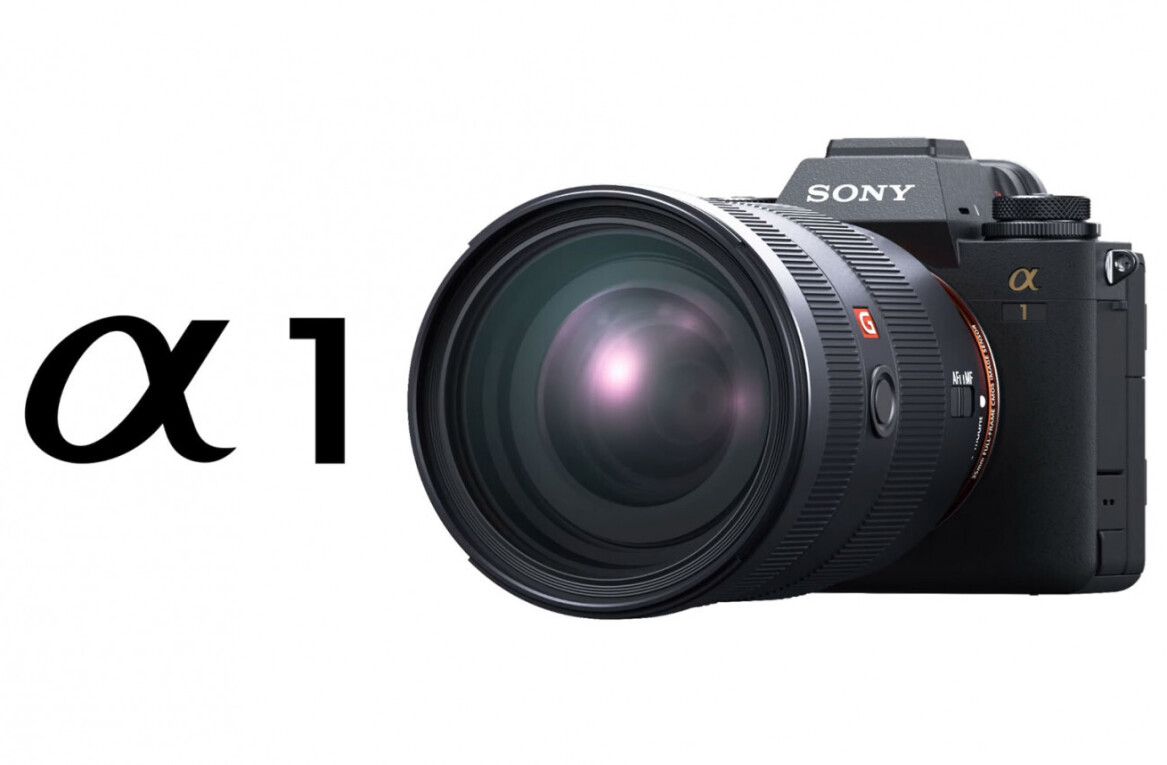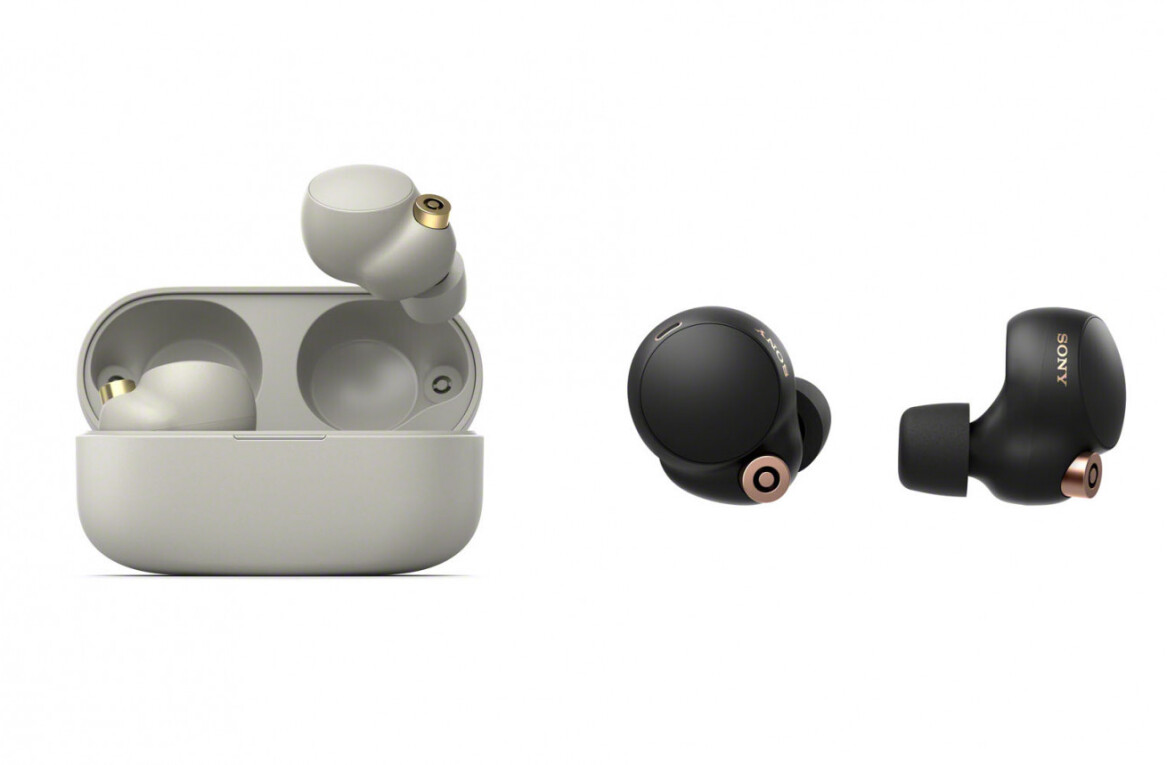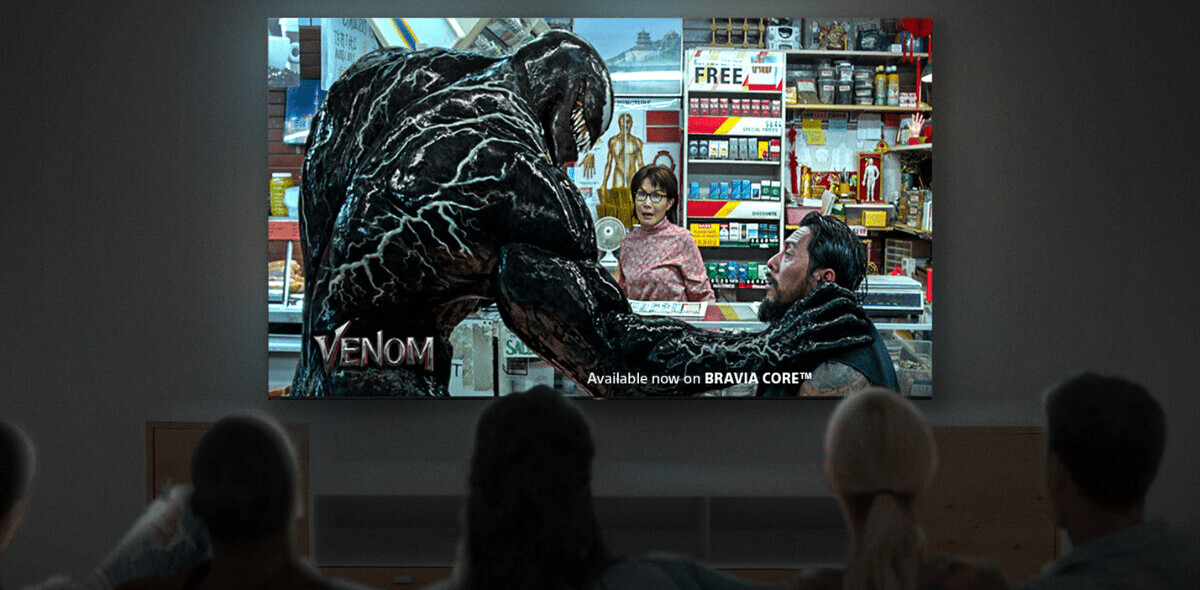
Sony has a new camera that can see in near pitch-black light – and record it in 4k without any additional gear.
The company today announced the A7S II, the successor to the A7S. The original A7S was lauded as the best low-light camera on the market after having been designed specifically for that purpose.
While the ridiculous ISO 50-409,600 range hasn’t been changed, Sony says the camera will produce less noise than the original A7S.
Here’s a demo of that performance, where Sony shows off how the camera can practically make nighttime look like a cloudy afternoon:
Perhaps more importantly, the A7S II has a few important features that will make a big difference for photographers and videographers alike.
First off, the camera now has the excellent 5-axis in-body image stabilization (IBIS) introduced for its cheaper A7 II sibling, which will work with any lens you attach to the camera.
Sony rates the stabilization to be effective to 4.5 stops of light; that means you can shoot handheld photos at much lower shutter speeds than possible before, which can improve your low light photos significantly for static subjects.
It also improves performance when using telephoto or zoom lenses, and makes video appear much smoother during motion. It virtually eliminates the need for an external stabilizing system for small movements, meaning videographers have to pack less gear.
While original A7S was the first full-frame camera that could shoot in 4K, only 1080p content could be saved internally; you had to connect an external rig to any 4k video. That was was fine for a lot of high budget professional work but not ideal for run-and-gun type filming you’d want from such a small camera body.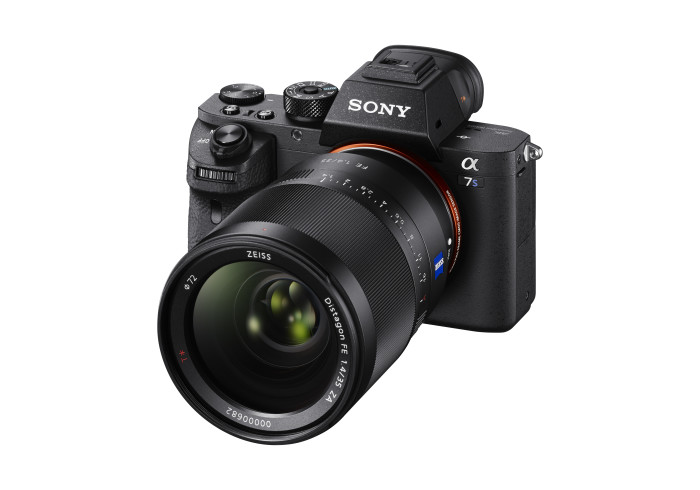
With the A7S II, 4K video can now be saved internally. Video is now saved at a higher 100Mbps bitrate and with full-pixel readout (meaning sharper video). The camera also now shoots at up to 120fps in 1080p, which allows video to be slowed down in-camera five times over the standard 24 frames per second.
These changes should all amount to a much more powerful tool for the on-the-go-videographers, allowing them to shoot professional quality low-light video in 4K without the need for any external gear in some instances.
Other new features include what Sony is calling the world’s largest full-frame viewfinder, improved autofocus system (especially in low light video), and a slew of new codec options for professionals.
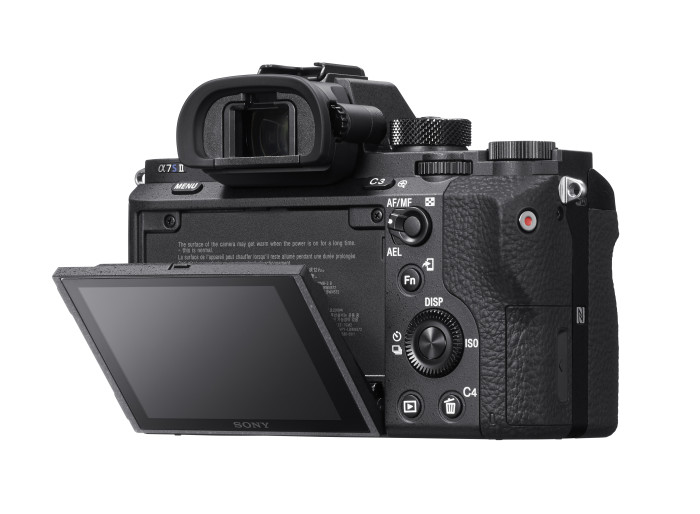
There also isn’t really anything else like it on the market at the moment; the closest competitor is the Panasonic GH4, which is a lot cheaper and has its own set of unique features, but also is not in the same class for low light imaging.
Given how small the package is now that you don’t have to carry stabilization gear or an external storage unit, the A7S II will likely be very popular among budding videographers and professionals on-the-go alike.
Get the TNW newsletter
Get the most important tech news in your inbox each week.


